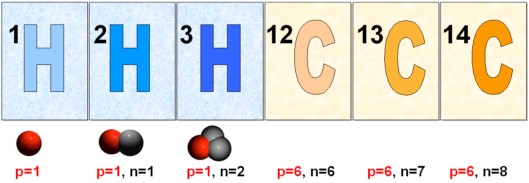Isotope Fractionation by Sorptive Interaction

Contacts
Experimental approaches were developed which permit the measurement of carbon isotope effects during partitioning of organic compounds between water and humic substances. For the first time, fractionation factors (alpha) for carbon isotopomers of a number of organic compounds were determined. They are in the order of (epsilon = 1000 x (alpha - 1) = -0.5 per mill). One of the developed methods is based on chromatographic amplification of the fractionation effect (increased difference in delta values for 13C) in an HPLC column with humic acid (HA) as the stationary phase. Due to this chromatographic amplification it permits the measurement of extremely small fractionation effects. Possible implications of the sorption-based isotope fractionation for assessment of natural attenuation processes in contaminated aquifers are discussed. Depending on the aquifer properties (organic carbon content, heterogeneity) together with the plume source, length and status (stationary or expanding), scenarios may be constructed where sorption-based isotope fractionation competes significantly with that caused by chemical or microbial degradation processes.
